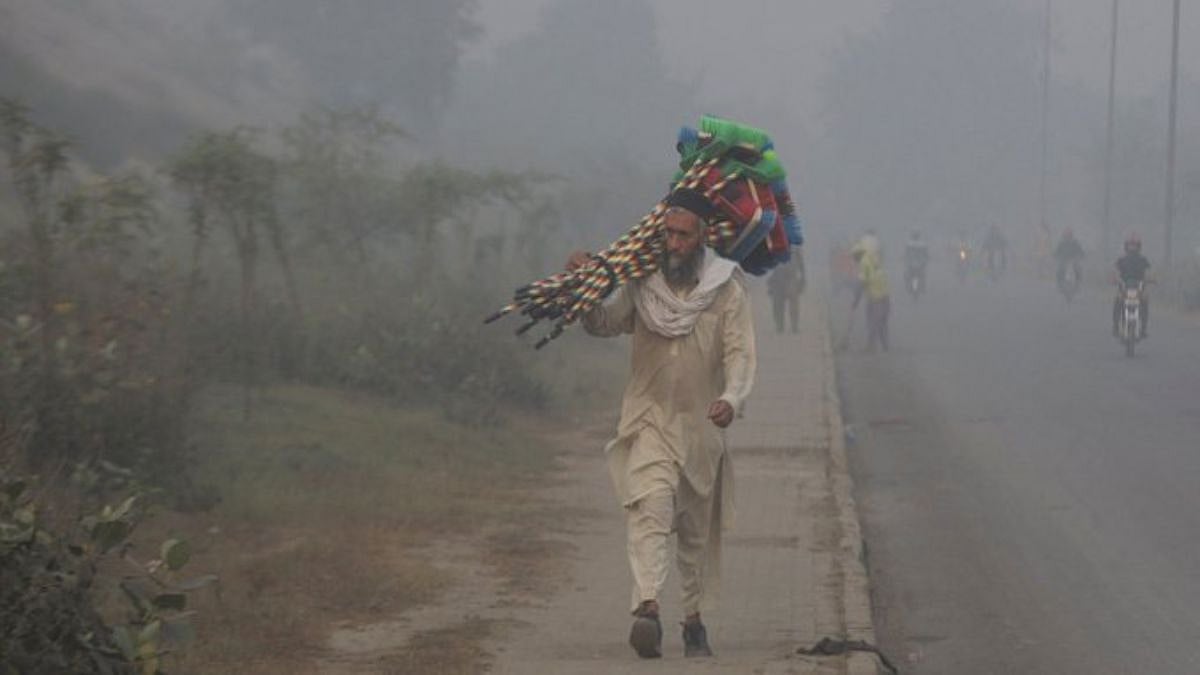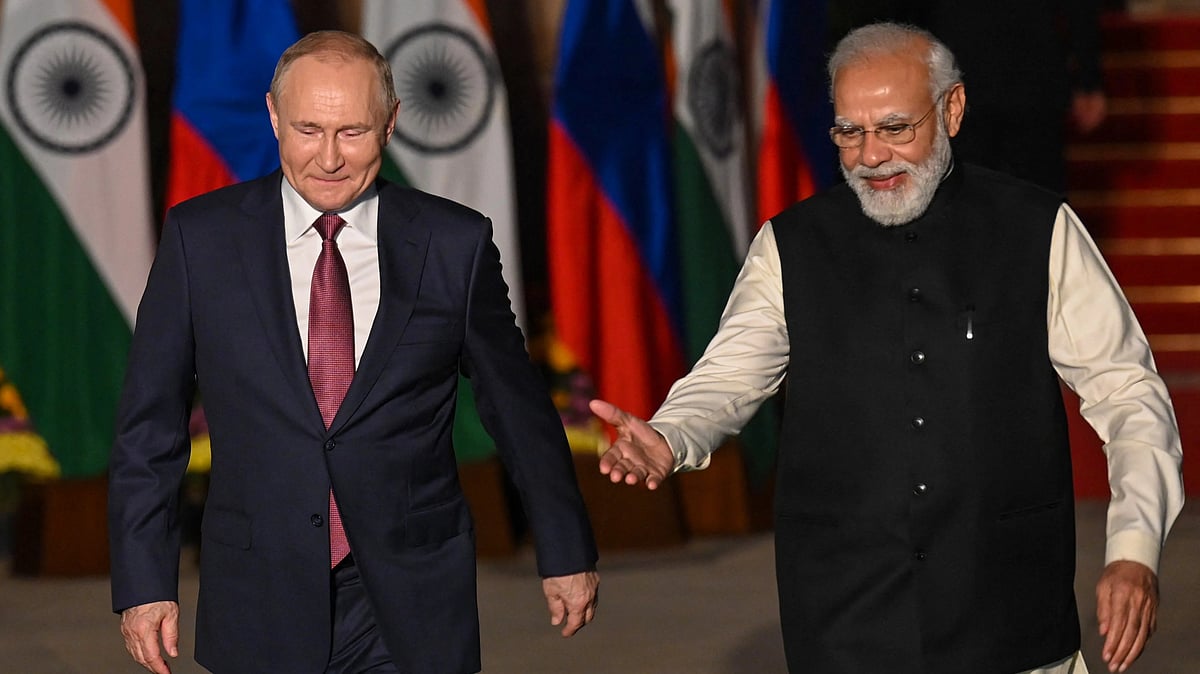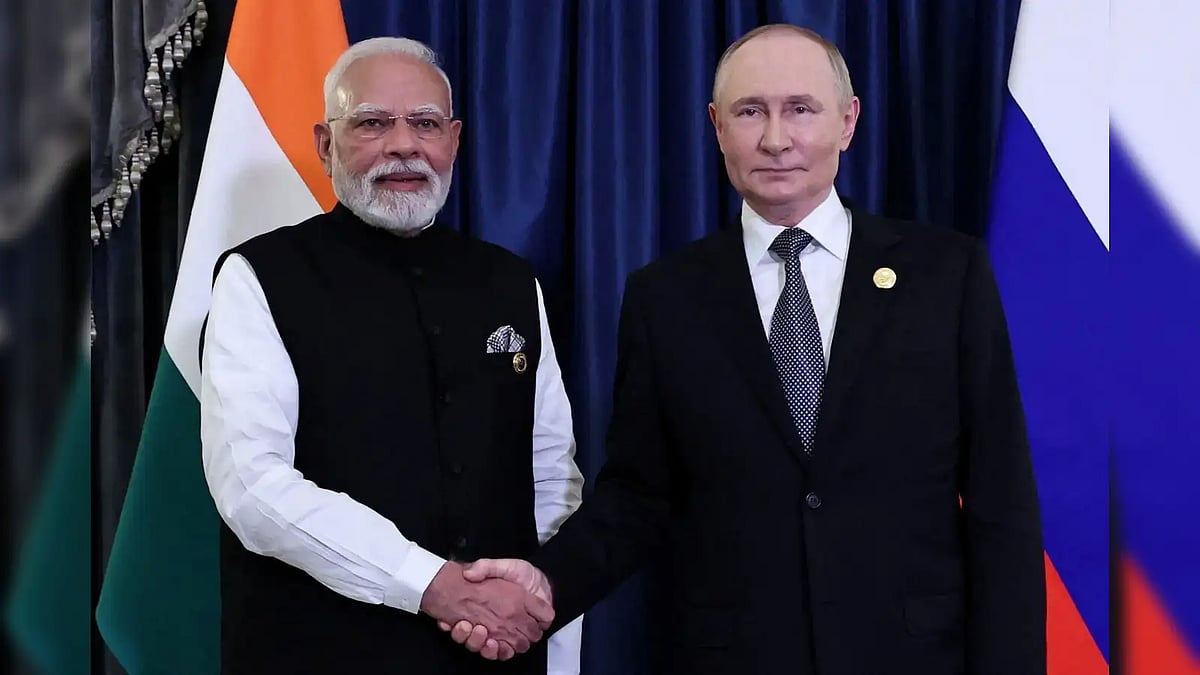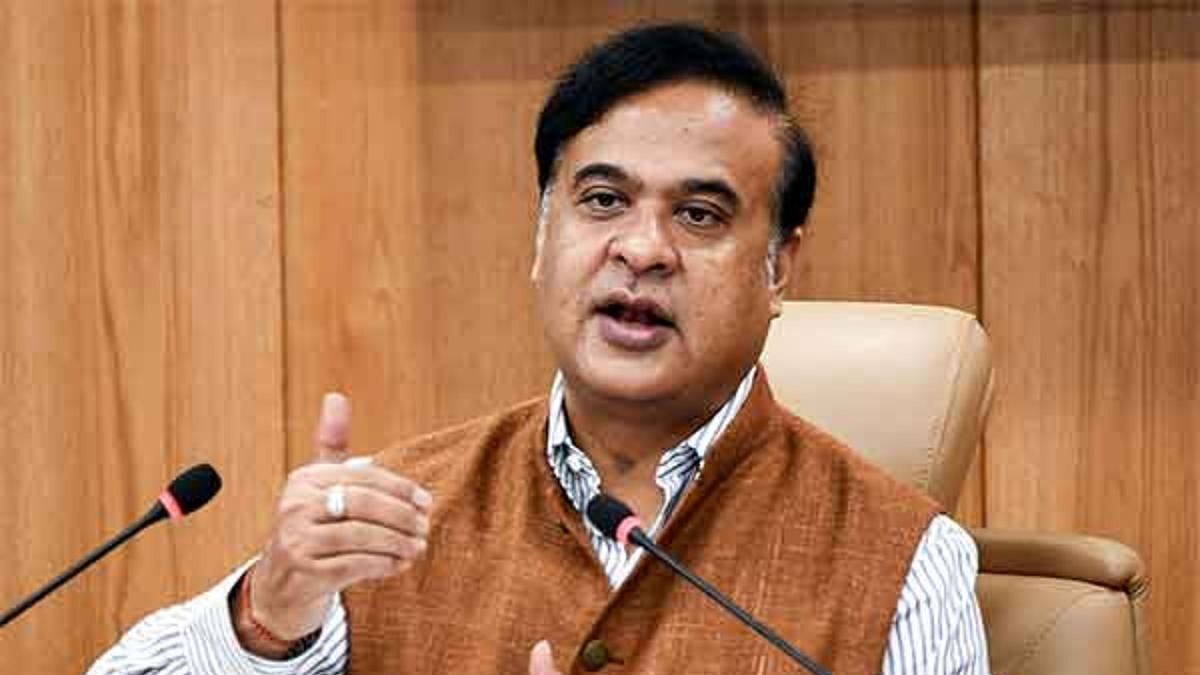Former senior BJP leader Yashwant Sinha joined the Trinamool Congress (TMC) on March 13, attributing his decision to the recent ‘attack’ on West Bengal Chief Minister Mamata Banerjee as the tipping point that convinced him to join the TMC. Soon after joining, Sinha said, “Democracy is in danger under the BJP” and alleged that the BJP of today was not what it was during Atal Bihari Vajpayee’s time. Two days after he joined the TMC, Sinha was appointed party vice-president and a member of the TMC national working committee.
A former Union minister in the Vajpayee government, Sinha drifted away from the BJP after the formation of the Narendra Modi government in 2014. While he has been extremely critical of the policies of the Modi government over the past six years, he quit the BJP and active party politics in 2018. Sinha said he has been forced to come out of retirement because “the country is going through an extraordinary situation”.
Crucial time
According to the veteran leader, the Bengal polls are crucial not only for the state but also for the country and his intent behind joining the TMC is to save democracy. “The strength of democracy lies in the strength of institutions of democracy. All these institutions, including the judiciary, have become weak now,” he added.
Expressing doubts over the Election Commission’s role in ensuring fair elections, the former Union finance and external affairs minister said, “I say it with lot of responsibility that the EC is no longer a neutral body.” Sinha’s entry into the TMC has come at a time when the Mamata Banerjee-headed party is facing a stiff challenge from the BJP in the eight-phase election in West Bengal. In the past few weeks, several TMC leaders have defected to the BJP, the biggest names being the former state minister Suvendu Adhikari and former Union minister Dinesh Trivedi.
Sinha joining the TMC is a ‘morale-booster’ for the party before the polls; it is also being viewed as politically significant for various reasons. He is a former BJP heavyweight and a party insider who has seen the party grow from its foundational years under L K Advani and Vajpayee. While purely from the electoral point of view, Sinha is of little relevance in Bengal, given that his home state is Jharkhand and he has always been known more as a Central leader, his insight of the BJP may help TMC in some ways in countering the saffron party’s campaign in the Bengal elections, particularly in the border districts.
But more importantly, as a strong critic of the Modi government, the Prime Minister’s leadership and the dominance of his personality cult in the BJP, Sinha, a former BJP minister saying “this is not Vajpayee’s BJP” is politically significant in the battle of perception.
Symbolic importance
The significance of Sinha’s move, which carries symbolic importance, lies in the fact that it has come on the heels of several opposition parties extending their support to the TMC, which is locked in a notionally triangular contest but essentially a bipolar fight with the BJP. Recently, many opposition parties like the RJD, the SP, the Shiv Sena, the JMM and the NCP lent their support to the TMC. Though these parties are politically insignificant in Bengal, their support for the TMC has given a national flavour to the state poll. More importantly, their support for Banerjee has also given her fight against the BJP a national colour.
What has given Sinha’s decision national significance is the fact that non-Congress opposition parties are keen on defeating the BJP in Bengal and preventing India from sliding into one-party dominance. Of course, these are early days yet but it’s a fact that just like the 1970 and 1980s when anti-Congress-ism was at its peak, the decline of the Congress nationally has given way to the era of anti-BJP-ism among non-Congress regional and small parties, which are keen on protecting their home turfs. Therefore, Sinha’s decision has given a fillip to the notion that in the fight against the BJP, Mamata Banerjee could be the anchor for the opposition unity at the national level.
Apart from the Congress, if there is one party that has taken the BJP by its horns, it is the TMC. There is a feeling among many anti-BJP leaders and parties that the Congress, in its current state of drift and decline, is unlikely to emerge as a strong challenger to the BJP. It is for this reason that there appears to be an attempt to create an anti-BJP front at the national level that is not led by the Congress. Therefore, Sinha’s decision to come out of retirement on a TMC platform could be an effort to project Mamata Banerjee as an alternative to Modi’s personality cult.
Non-Congress, anti-BJP front
After all, the ‘Bengal tigress’ has the reputation of a street-fighter who dislodged the 34-year-old Left Front government in West Bengal in 2011. True to her militant political style, she has challenged the BJP in a no-holds-barred battle from a wheelchair, as the ‘attack’ on her has taken the battle of Bengal to a turf where she has practised her game to perfection.
The Bengal election, currently the focus of everyone’s attention, has already emerged as a major battlefield in the national fight against the BJP. This makes Sinha’s entry into the TMC a sign of future political alignment in national politics. If Banerjee wins the election, she will be hailed as a leader who succeeded in halting the BJP juggernaut in Bengal. She may also even emerge as a major catalyst for anti-BJP politics in the country.
If the Congress does not fare well in Assam and loses in Kerala, it may cause an internal churn in the party and the ‘gang of 23’ may even set in motion a debate on the Congress party’s ability to defeat the BJP at the national level. Given the leadership vacuum in Congress, there is also a possibility that some Congressmen could jump the gun if a non-Congress anti-BJP formation led by Mamata Banerjee emerges after the Bengal poll.
However, all these possibilities will depend on the results of the four state elections, particularly Bengal. As for Sinha, he could be easily accommodated in the Rajya Sabha under the TMC quota. But for now, Sinha’s and other political parties’ support for Banerjee goes beyond the dynamics of assembly elections.
The author is an independent senior journalist









